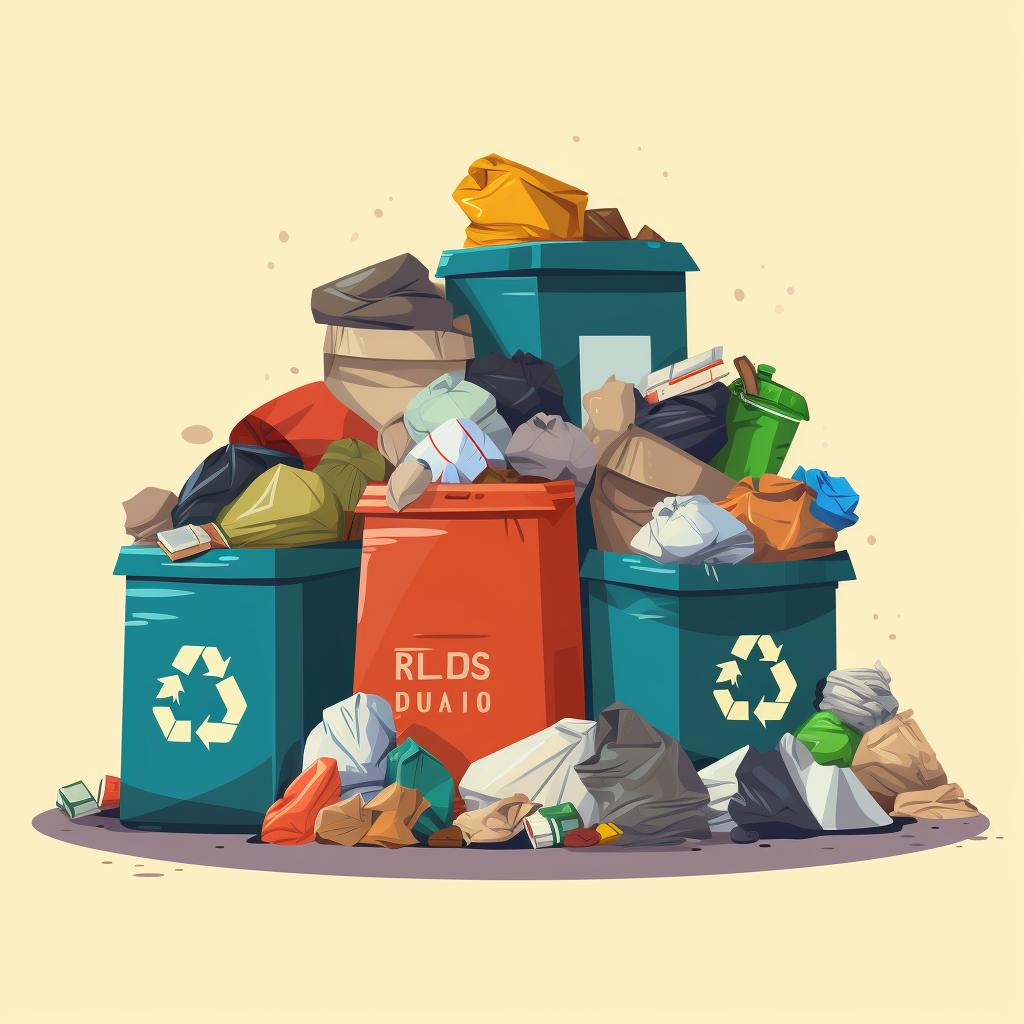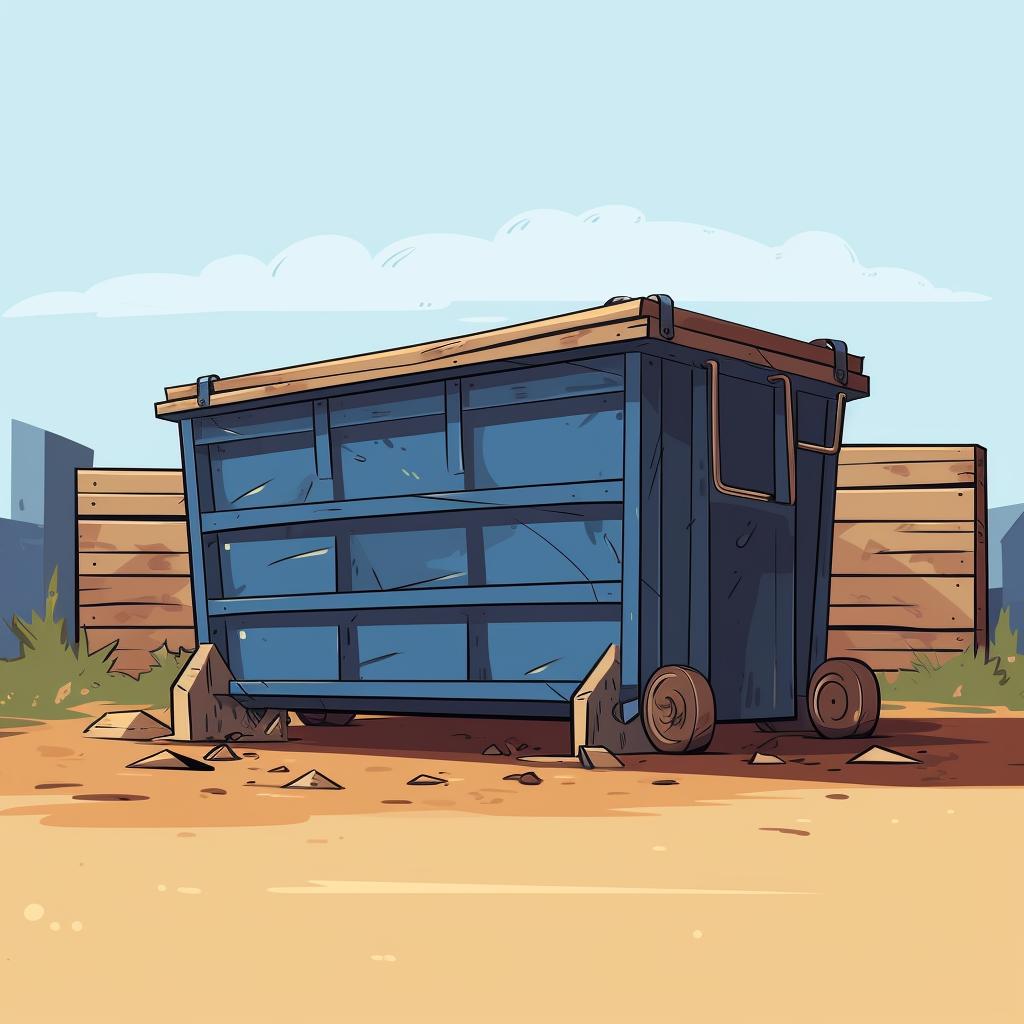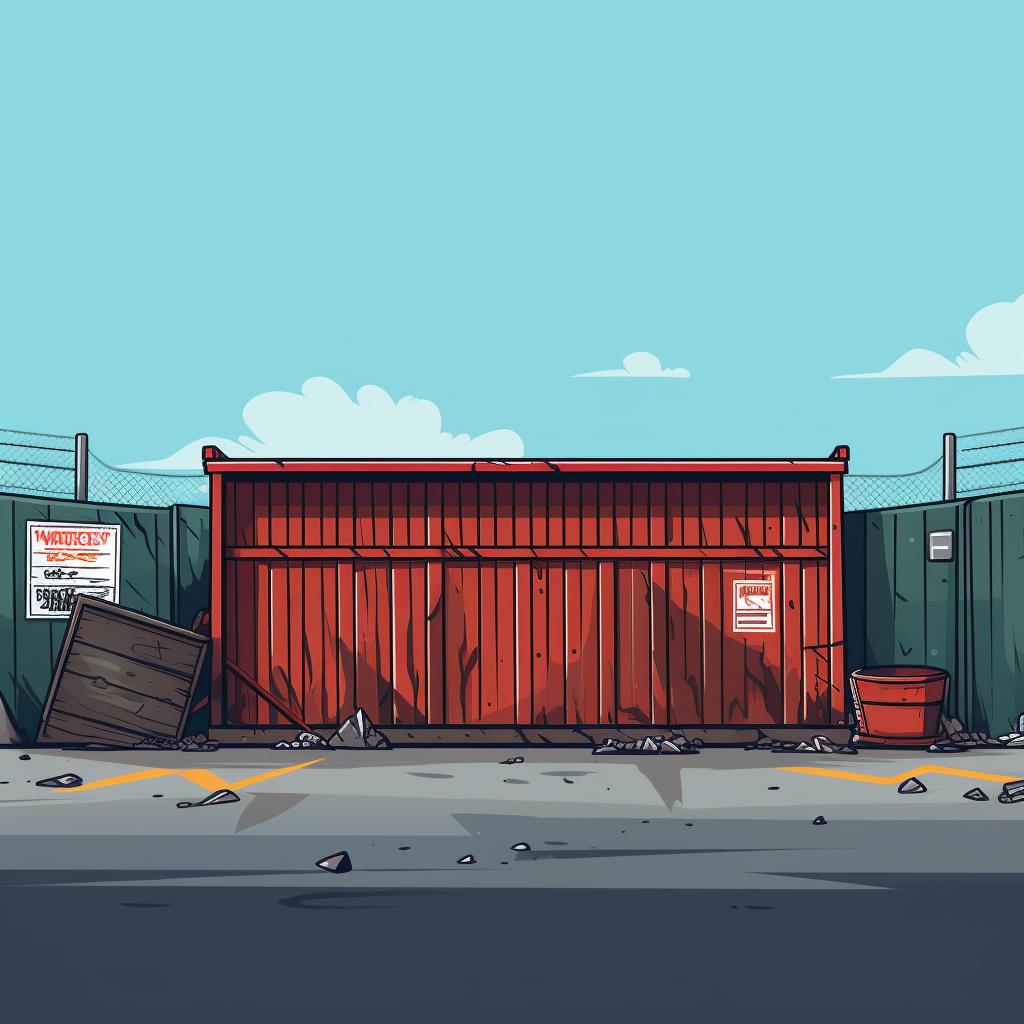Master the Art of Filling a Dumpster 🗑️
Mastering the art of filling a dumpster is a skill that can save you both time and money. By following the steps outlined in our guide, you can ensure that you're maximizing the space in your dumpster rental and disposing of waste in the most efficient way possible. But the benefits of efficient waste management go beyond just saving time and money; it also contributes to a cleaner, healthier environment.
Sorting your waste is the first crucial step in this process. By segregating general waste, recyclables, and hazardous waste, you not only make the filling process more efficient but also ensure that waste is disposed of properly. This is a key aspect of responsible waste management, a topic we explore in-depth in our article on optimizing waste management in commercial spaces.
Once your waste is sorted, it's time to start filling your dumpster. Loading heavier items first creates a stable base for subsequent layers of waste. This strategy is particularly useful when using larger dumpsters, such as the 40-yard dumpster, which is ideal for large-scale projects.
After the heavy items are in place, fill in the gaps with smaller items. This step is crucial for maximizing the space in your dumpster and preventing items from shifting during transport. If you're using a smaller dumpster, such as a 10-yard dumpster, this step can help you make the most of its compact size.
While it might be tempting to cram as much waste as possible into your dumpster, it's important not to overfill it. Overfilled dumpsters can create safety hazards and may result in additional fees. If you're unsure about how much waste your dumpster can hold, our comprehensive guide to choosing the right dumpster sizes can help.
Finally, once your dumpster is filled, it's time to schedule a pick-up. Clear the area around the dumpster to allow for easy pick-up and avoid any additional fees. With Sandbox Columbus, scheduling a pick-up is as easy as making a phone call. Our team is committed to providing reliable, professional, and approachable service to make your waste management process as smooth as possible.
By following these steps, you'll be well on your way to mastering the art of filling a dumpster. Remember, efficient waste management is not just about getting rid of waste; it's also about doing it in a way that's responsible and sustainable.











